- 388 Dongwu South Road, Suzhou City, P.R.China
- info@apacscaffold.com
- 0086-512-66700084
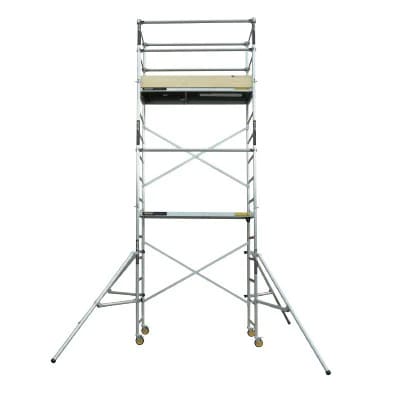
Mobile scaffolds are a type of supported scaffold set on wheels or casters. They are designed to be easily moved and are commonly used in the construction industry for plastering, painting and other work, and is also widely used in daily life where workers must frequently change position.
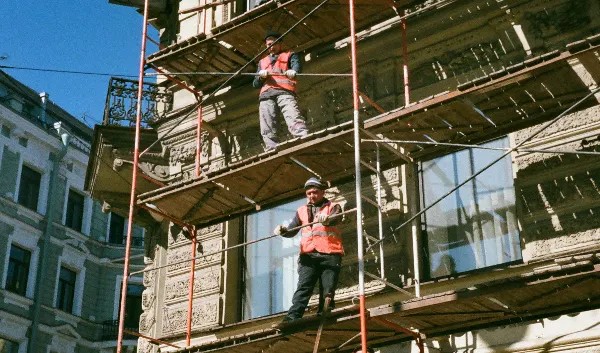
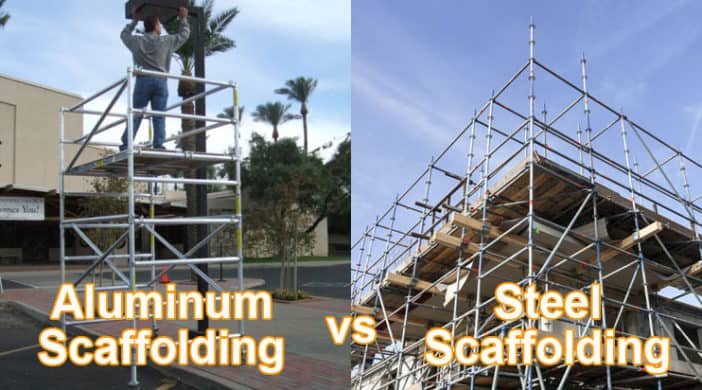
Aluminum scaffolding is characterized by high strength, sufficient hardness, large bearing capacity and light material. Steel pipe scaffolding is heavy, easy to rust, and has a short lifespan. Comparing the two material scaffolds of the same specification, the weight of aluminum scaffolding is only 75% of the weight of steel scaffolding.
Aluminum scaffolding has different requirements for raw materials and production processes, and its manufacturing cost is much higher than that of steel pipe scaffolding, which is about 7-8 times the cost of steel pipe scaffolding.
The material of steel pipe scaffolding is made of iron, and the construction is generally carried out outdoors. Sun and rain cannot be avoided, and the rust of the characteristic scaffolding is inevitable. The life cycle of rusty scaffolding is very short. If the steel pipe scaffolding in the form of lease is rusted and cannot meet the requirements for use, it will cause safety hazards. The aluminum scaffolding material is aluminum alloy, the material will not change in the sun and rain, and the performance of the product will not change.
There is no need for professional construction scaffolding workers to build aluminum scaffolding, and ordinary workers can install it. The construction of steel pipe scaffolding requires a shelf work permit, and only those who have received professional training can install it.
From the comparison of installation time, to build scaffolding of the same area, aluminum scaffolding only needs one-sixth of the time to build steel scaffolding.
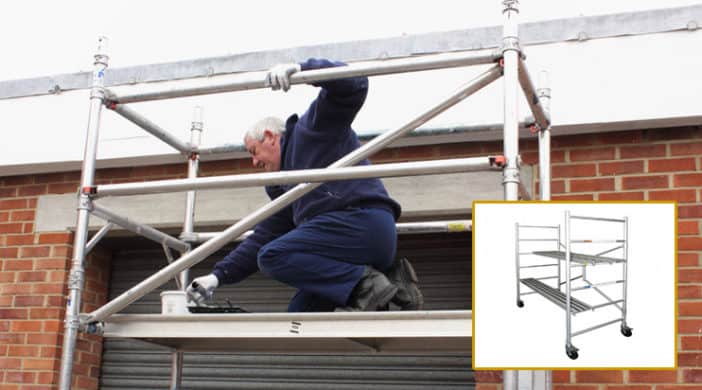
Whilst it’s very easy to move a mobile tower due to its lightweight nature and design, always make sure those around you are aware of what is happening first.
There are a few things to bear in mind when using a tower.
Never use a tower if:
In strong winds
As a support for ladders
They have broken or missing parts
They have incompatible components
When moving a tower, you should always:
reduce the height to a maximum of 4m
check that there are no power lines or obstructions overhead
check that the ground is firm
push or pull using manual effort from the base only
There are two safe systems of work when erecting a tower:


Tower scaffolds must comply with the standard required for all types of scaffolds, including double guardrails, toeboards, bracing, and access ladders.
When you have hired your scaffolding tower, it should arrive with all the necessary components to ensure it is safe and stable.
For a tower to be structurally sound, it relies on all parts being in place, as they are at risk of collapse if some sections are abandoned.
Following assembly, all towers must be inspected to ensure they are safe for workers to use. Moreover, if the tower is being used for any type of construction work and a person could fall 2 metres or more from the platform, then it must be inspected after assembly and then every 7 days. If the inspection shows it is not safe to continue, then you must stop work immediately and correct any faults that have been identified.
The result of an inspection must be recorded and kept until the next inspection is recorded.
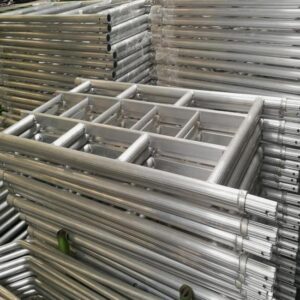

12 metres
Mobile Scaffold is an aluminium structure that is erected on site. It can be built to a maximum height of 12 metres and comes equipped with lockable wheels or casters for easy maneuverability. If you need to work at heights, but are constantly on the move there is a Scaffold that will suit.
If anyone could whip up a scaffold tower and start using it, there'd be a whole lot of health and safety risks at play. The Highways Act 1980 states that regardless of whether a scaffold tower will be used long or short-term, a licence for the placement of it must be obtained from the Highway Authority.
Common hazards that workers must be aware of when using mobile scaffolds include falls from an elevated level, tip-overs, electric shocks, structural failures or collapse, and falling objects. OSHA Standard 1926 Subpart L provides the construction industry guidelines for Scaffolds.
Yes, we require all international orders to have a minimum order (MOQ) quantity.Orders less than MOQ are not cost effective due to the combined costs of shipping costs and duties. We recommend you to buy from our local distributor.
Our products have been tested intensively before being brought to market,we already have relevant test reports and videos. We provide samples, costs depend on the price of the products. Sample fee and freight cost shall be paid by the buyer. Please do not hesitate to contact us if you have any interest.
WhatsApp us